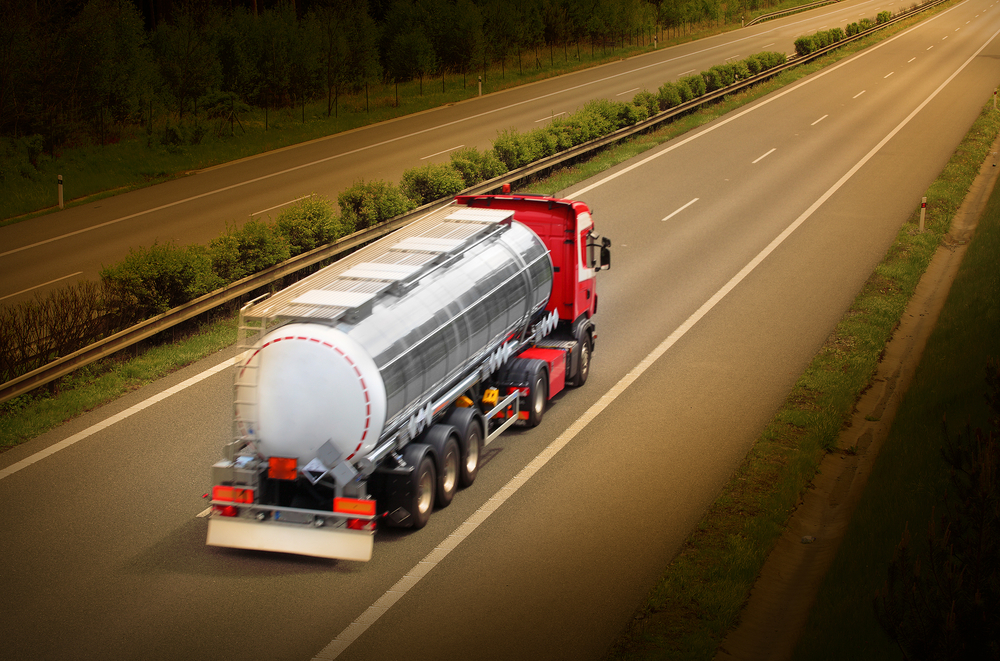 Written by Andrei Zakhareuski. With over 16 years of expertise, Andrei leads Driving-Tests.org, a top online resource for driver education. His leadership has established vital partnerships with over 2,600 libraries, educational bodies, and state agencies.
Written by Andrei Zakhareuski. With over 16 years of expertise, Andrei leads Driving-Tests.org, a top online resource for driver education. His leadership has established vital partnerships with over 2,600 libraries, educational bodies, and state agencies.
Endorsements
CDL endorsements enable you to operate special types of commercial motor vehicles (CMVs). Beyond the standard Class A, B, or C CDL requirements, specific endorsements require additional tests.H (Hazardous Materials)
H (Hazardous Materials)
Required for vehicles carrying hazardous materials. Involves passing a written knowledge test. Learn more about the HazMat endorsement.
N (Tank Vehicle)
N (Tank Vehicle)
For operating tank vehicles transporting liquids or gases. Requires a written knowledge test. Learn more about the Tanker endorsement.
P (Passenger Vehicle)
P (Passenger Vehicle)
Necessary for vehicles seating 16 or more, including the driver. Involves both written and road skills tests. Learn more about the Passenger endorsement.
S (School Bus)
S (School Bus)
For school bus drivers, requiring a P endorsement as a prerequisite. Includes a written test, road test, application forms, fees, and a background check. Learn more about the School Bus endorsement.
T (Double and Triple Trailer)
T (Double and Triple Trailer)
Allows towing of double or triple trailers. Requires a written knowledge test. Learn more about the Double/Triple Trailer endorsement.
X (Hauling HazMat freight via tanker truck)
X (Hauling HazMat freight via tanker truck)
A combination endorsement for hazardous materials and tank vehicles. Involves a written knowledge test.
Tip: Always check for additional endorsements specific to your state.

Restrictions
CDL restrictions can limit the operation of certain CMVs. The specific restriction code is noted on your CDL.E (Manual Transmission)
E (Manual Transmission)
Prohibits operating vehicles with a manual transmission if tested with an automatic.
K (Interstate Travel)
K (Interstate Travel)
Prohibits travel to other states while driving a CMV.
L (Air Brakes)
L (Air Brakes)
Disallows the operation of vehicles with a full air brake system unless tested on one.
M (Class A Passenger Vehicle)
M (Class A Passenger Vehicle)
Limits drivers to operating Class B or C passenger vehicles or school buses, depending on the vehicle used for testing.
N (Class C Passenger Vehicle)
N (Class C Passenger Vehicle)
Restricts drivers to operating only Class C passenger vehicles or school buses, based on the testing vehicle class.
O (Fifth-Wheel Connection)
O (Fifth-Wheel Connection)
Prohibits driving Class A vehicles with a non-fifth wheel connection.
V (Medical Variance)
V (Medical Variance)
Indicates a medical variance as reported by the FMCSA, including conditions like diabetes or hearing impairment.
Z (Air Brakes)
Z (Air Brakes)
Prohibits operation of CMVs equipped with full air brakes unless tested on one.
